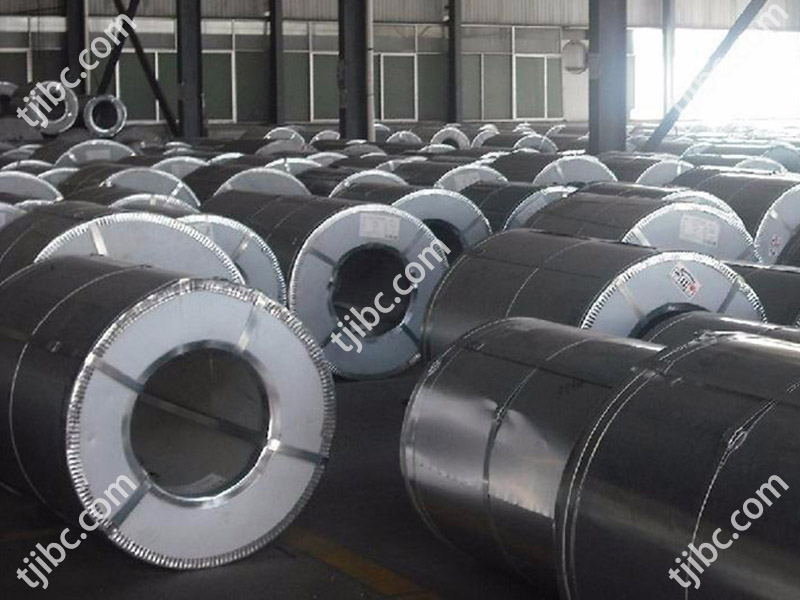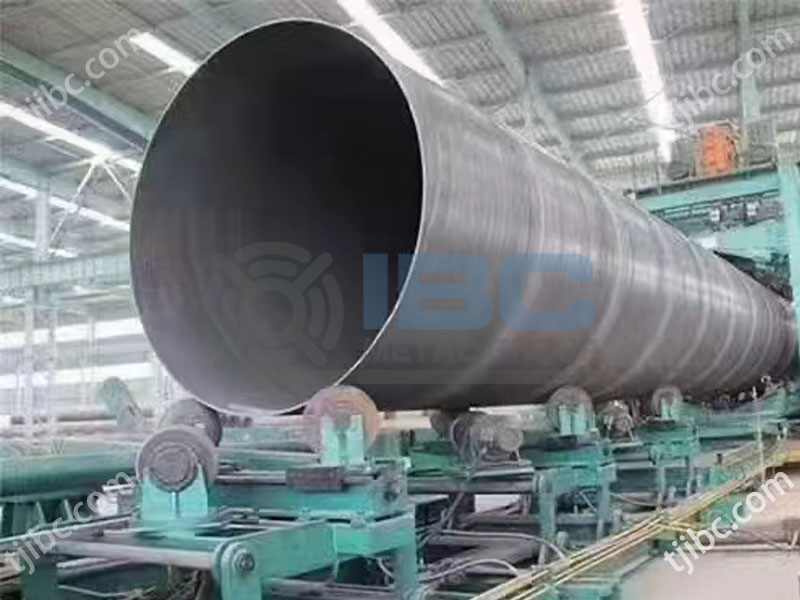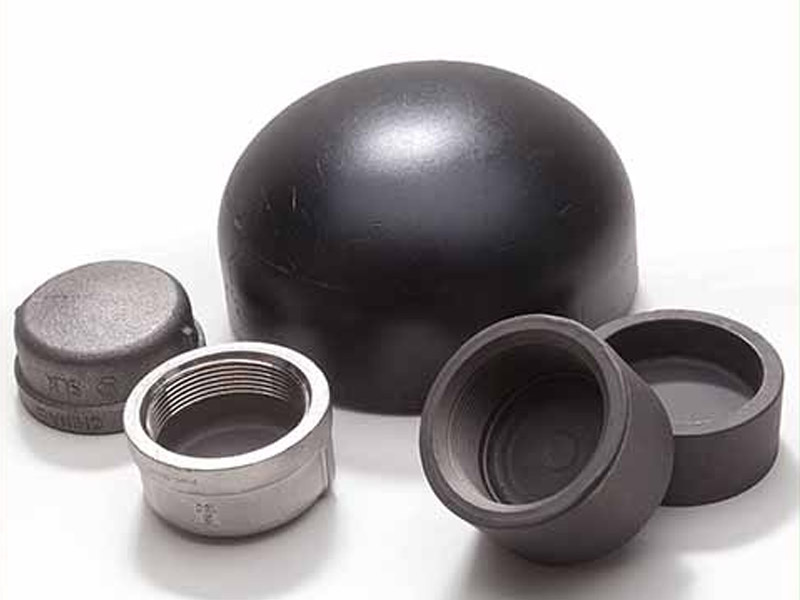A hot-dip galvanized steel pipe is sometimes referred to as a galvanized steel pipe. The name implies that special treatment should be given to it, such as a galvanizing process. In order to improve the service life of steel pipes and to achieve anti-corruption effects, galvanizing means galvanizing their outer or inner surfaces.
A galvanized pipe used for a wide variety of applications, including water, gas, oil, and other low pressure fluids. It can also use in the oil industry, particularly in ocean oil well pipes, oil pipes, oil heaters, chemical coking equipment condensing coolers, and supporting frame tubes of mining tunnels and trestle piles.

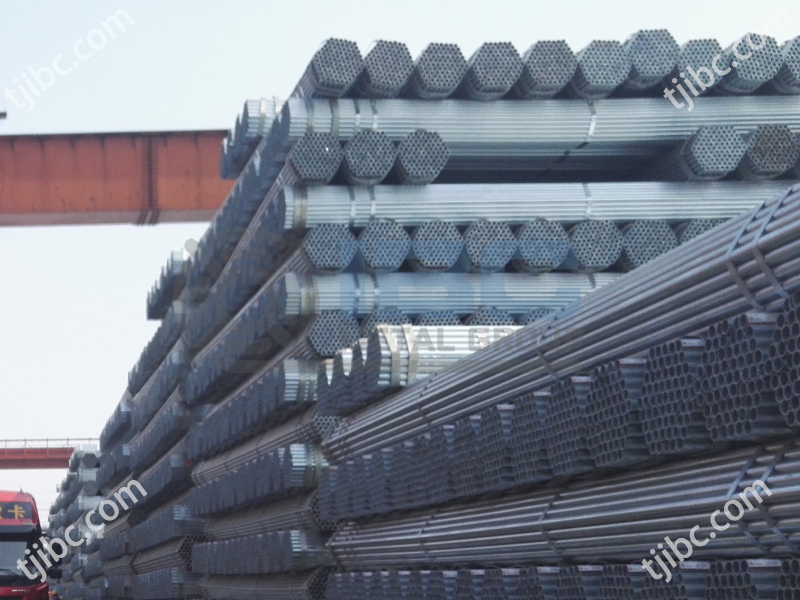
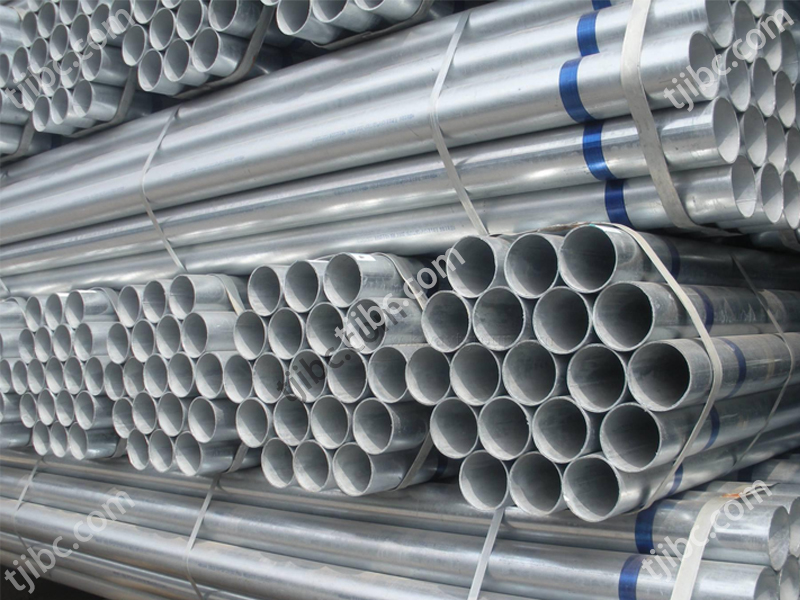
Hot-Dip Galvanized Steel Pipe In the Atmosphere
When hot-dip galvanized steel exposed to the atmosphere. The zinc reacts with moisture and free flowing air, causing the zinc patina to develop. Since zinc patina is critical to the longevity of galvanized steel in the atmosphere. Accelerated salt-spray tests are not an accurate predictor of HDG longevity since they do not mimic real world exposure conditions.
Galvanized steel pipe has essentially played the role of rust prevention. And there is no need to do other rust prevention treatment. To further improve the anti-rust effect, you can use a physical method. —- to brush or spray the surface with a layer of anti-rust paint. The performance of atmospherically exposed hot-dip galvanized steel depends on five main factors. It is temperature, humidity, rainfall, sulfur dioxide concentration in the air, and air salinity. Despite the fact that none of these factors can be singled out as the primary contributor to zinc corrosion, they all play a role in the corrosion protection hot-dip galvanized (zinc) coatings provide.
In Soil
Hot-dip galvanized steel can also expose to partially or fully buried soil. In North America, there are around 200 types of soil which can affect the performance of galvanizing. These include variables such as moisture content, pH level, chlorides and aeration, temperature, resistivity and texture or particle size. As a general guide, galvanizing has better results in brown sandy soils rather than grey clay-like soils due to the larger particles wicking away moisture quickly from the outer surface and thus reducing the exposure to moisture.
A hot-dip galvanized steel’s performance in soil can be assessed by classifying it first. Misclassifying soil can result in unpredicted performance, since steel corrosion rates in soil can range from less than 0.2 microns per year in favorable conditions, to more than 20 microns per year in very aggressive soils.
Hot-Dip Galvanized Steel Pipe In Water
Galvanized steel often used in underwater or moisture-rich environments. Due to the production of a protective, mostly insoluble zinc patina, the corrosion rate of galvanized steel is much lower than that of bare metal. Different types of water, such as pure water, natural fresh water, potable (treated) drinking water and seawater, all possess unique components that can affect corrosion rates.
Like soils, water varieties make it difficult to predict corrosion rates. In a water environment, many parameters affect corrosion of metals, including pH level, oxygen content, water temperature, agitation, inhibitors, and tide conditions, in addition to pH level. Because of its complete, uniform coverage, hot-dip galvanizing steel is one of the best corrosion protection methods for submerged applications, despite the difficulty of predicting corrosion.
Water containing high levels of free oxygen or carbon dioxide is more corrosive, while hard water is much less corrosive than soft water. When the water hardness of the galvanized surface is moderate or high, a natural scale of insoluble salts forms on it. Calcium carbonate and basic zinc carbonate form a protective barrier when combined with zinc.
Galvanized coatings on steel offer substantial protection in both sea water and salt spray environments. Several factors affecting the corrosion of zinc in fresh water are also applicable to the ocean; however, dissolved chlorides and sulfates (chiefly) are the main determinants determining how zinc corrodes. Despite the high concentration of chloride in this type of water. Corrosion can be kept at bay due to the presence of magnesium and calcium ions.
Conclusion
A galvanized pipe used for a wide variety of applications, including water, gas, oil, and other low pressure fluids. It can also be used in the oil industry, particularly in ocean oil well pipes, oil pipes, oil heaters, chemical coking equipment condensing coolers. And supporting frame tubes of mining tunnels and trestle piles. The anti-corrosion age of galvanized is long, but it differs between different environments: 13 years in heavy industrial areas, 50 years in the ocean, 104 years in the suburbs, and 30 years in the city. Cold galvanized steel pipe has a shorter service life than hot galvanized steel pipe. When purchasing galvanized steel pipe, it is important to know whether we need hot or cold galvanized steel pipes.
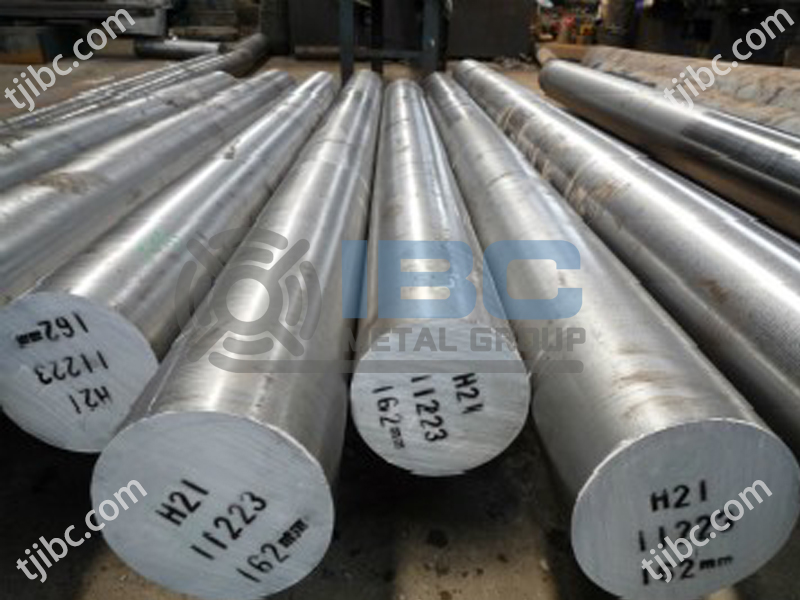
Contact with IBC Metal Group Today!

